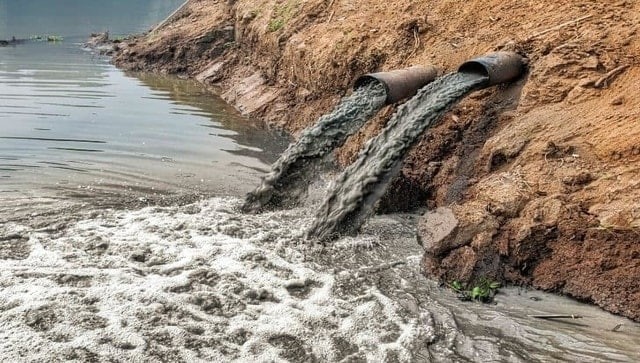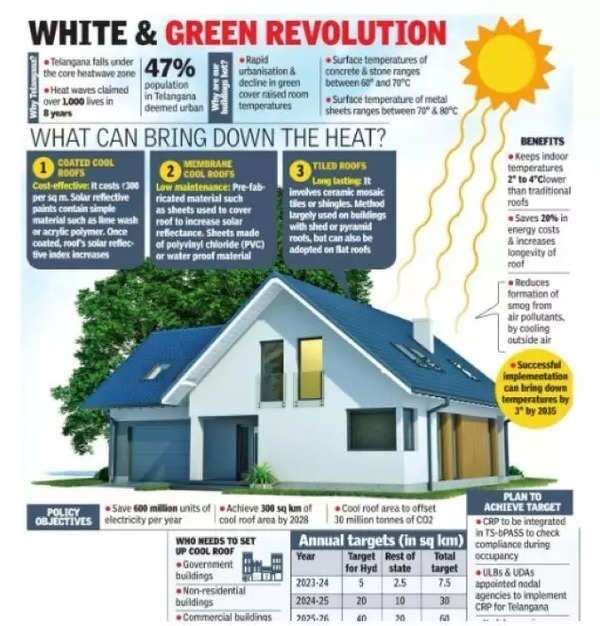By Dr. Shashikant Pawar in Voices, Entertainment, TOI
“Does the flap of a butterfly’s wings in one part of the world set off a tornado in some other part?” This was the question posed nearly 50 years ago by the American mathematician and meteorologist Edward Lorenz to drive home a point that small changes in a complex system can lead to unpredictable behaviors in the long run. The challenges faced in long term weather forecasting are essentially due to this fact, that the coupled land-atmosphere-ocean-ice system is a complex, non-linear dynamical system. However, the recorded weather parameters such as temperature, humidity, rainfall, wind speed etc. over a region, give us a picture of weather pattern or climate of that region. The long term shift in these weather patterns is referred to as climate change.
The global temperature anomaly
Fortunately, measurements of both land and sea surface temperatures from thousands of weather stations around the world, Antarctic research stations, and ship based observations are available, the oldest dataset being of the year 1880. The difference between the measured temperature and the baseline temperature, which is a long term average, say over the years 1901 to 2000, is called as the temperature anomaly at that location. It is convenient to work with temperature anomaly than the absolute temperature because the former tend to remain fairly constant even if there are variations in the latter over a region. The average of anomalies all over the world gives the mean global temperature anomaly. Its variation over the years serves as global-scale climate diagnostic tool. Both the monthly and annual averages of mean global temperature anomaly are used for the comparison, for instance, The global surface temperature anomaly of May 2022 was 0.77°C above the 20th-century average of 14.8°C, ranking it as the ninth-warmest May in the 143-year record.
Feel for the global warming
The records show systematic increase in mean global temperature. This phenomenon is called as global warming. Carbon dioxide released in the atmosphere as a result of burning fossil fuels is the major contributor to global warming. Methane, HCFCs are some other greenhouse gases. These gases trap the additional solar heat in the earth’s atmosphere. Although the global temperature anomalies as of now seem to be just about a degree Celsius or so, the amount of heat absorbed by the planet is enormous. For example, let’s say all the water on earth is at 15°C, and if we were to increase its temperature by one degree, the amount of heat required is so much that it can melt about 17 thousand trillion tons of ice at 0°C. The heat absorbed by the oceans is carried to all the parts of the globe by the ocean currents. It then affects the local weather and also cause the ice in the sea and on land to melt, adding fresh water to the seas which results in increase in the sea levels.
Relation between GDP and climate change
The consequences of climate change are socio-economic. Extreme weather conditions, heavy rains, intense droughts, saltwater intrusion, water scarcity, outbreaks of forest fires, occurrences of storms and hurricanes, migration of communities, mortality and morbidity from heat and infectious diseases, are few of them. The effect of climate change on the economy of a country can be quantitatively assessed from the change in the growth metrics of that country, indicated by its Gross Domestic Product, popularly known as GDP. GDP is an estimate of the total value of goods and services produced in that country during a specified period, usually a year. Contributions to the GDP come broadly from three sectors-agriculture, industry and services. For example, sector wise contributions to the India’s GDP in the year 2020-21 are about 20%, 26% and 56% from agriculture, industry and services respectively. These contributions vary from country to country, and so is the extent to which the economy of that country is likely to get affected by the climate change. The sixth assessment report of the Intergovernmental Panel on Climate Change (IPCC) published in March 2022 gives details of observed and near term (2021–2040) and mid to long-term (2041–2100) projections of global and continental impacts from climate change. It also lists the future adaptation options, their feasibility and conditions for climate resilient development for natural and human systems. An important feature of this report is that the assessment of climate change impacts, risks and adaptation is set against non-climatic global changes taking place simultaneously e.g., biodiversity loss, overall unsustainable consumption of natural resources, land and ecosystem degradation, rapid urbanization, human demographic shifts, social and economic inequalities and a pandemic.
As per the study by the Swiss Re Institute published in April 2021, economies in south and southeast Asia are particularly vulnerable to adverse effects of climate change, and the least affected are the advanced economies in the northern hemisphere. They also give projections of global GDP impact by 2050 for different mean global temperature scenarios as compared to a world without climate change. The projected values are –18% if no mitigating actions are taken (3.2°C increase), –14% if some mitigating actions are taken (2.6°C increase), –11% if further mitigating actions are taken (2°C increase) and –4% if Paris Agreement targets are met (below 2°C increase). Paris Agreement is a legally binding international treaty accepted by the world leaders at the United nation’s climate change conference held in Paris in the year 2015. 192 countries plus the European Union have joined the Paris Agreement. More than 70 countries, including the biggest polluters–China, the United States, and the European Union–have set a net-zero greenhouse gas emissions target, covering about 76% of global emissions. However, commitments made by governments fall far short of what is required. Current national climate plans of all 192 countries and the EU taken together would still lead to 14% increase in global greenhouse gas emissions by 2030, compared to 2010 levels, whereas 45% decrease is required to keep warming below 1.5°C. Getting to net zero requires all governments to take bold, immediate steps towards reducing emissions or else nature’s fury is inevitable.



